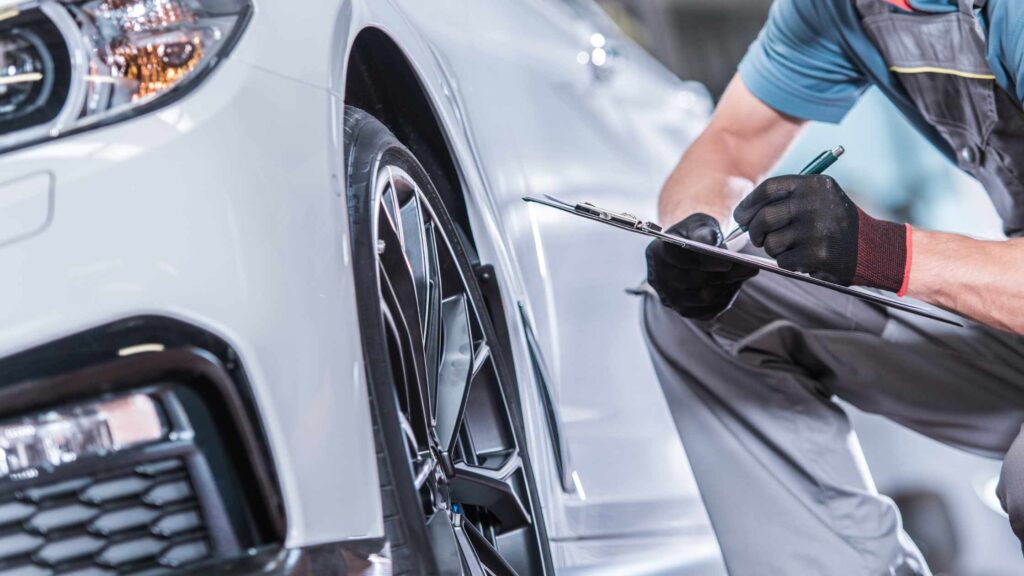Car-to-car communication, also known as vehicle-to-vehicle (V2V) communication, is a cutting-edge technology that has the potential to revolutionize the way we drive. By enabling vehicles to communicate with each other, this technology aims to enhance safety on our roads and improve traffic flow. In this article, we will explore the concept of car-to-car communication, its benefits, and its impact on the automotive industry.
Understanding Car-to-Car Communication
Car-to-car communication involves the exchange of information between vehicles through wireless communication systems. Using Dedicated Short-Range Communications (DSRC) or Cellular Vehicle-to-Everything (C-V2X) technology, vehicles can share important data such as speed, position, and direction with nearby vehicles. This allows vehicles to detect potential hazards, predict traffic conditions, and make informed decisions in real-time.
Enhancing Safety on the Roads
One of the main objectives of car-to-car communication is to improve road safety. By sharing critical information between vehicles, such as sudden braking or presence of obstacles, drivers can be alerted to potential dangers that may not be visible to them. This can significantly reduce the risk of accidents, especially in situations where drivers have limited visibility or are distracted.
Additionally, car-to-car communication can warn drivers about upcoming traffic congestion or hazardous road conditions, enabling them to take necessary precautions. This proactive approach to safety can help prevent accidents and ensure a smoother flow of traffic, ultimately reducing the likelihood of road congestion.
Optimizing Traffic Flow
Car-to-car communication also holds great potential for optimizing traffic flow. By enabling vehicles to communicate with each other, the technology allows for the coordination of driving behaviors and traffic patterns. For example, vehicles can adjust their speed and distance based on the information shared by nearby vehicles, leading to a more efficient use of road space and reduced traffic congestion.
Furthermore, car-to-car communication can facilitate the implementation of intelligent transportation systems (ITS), where traffic signals and road infrastructure can communicate with vehicles. This integration enhances the overall flow of traffic by minimizing delays, reducing fuel consumption, and improving the overall commute experience.
Impact on the Automotive Industry
The introduction of car-to-car communication has significant implications for the automotive industry. As this technology becomes more widespread, vehicle manufacturers are incorporating it into their designs, making it a standard feature in new vehicles. This has led to increased demand for vehicles equipped with car-to-car communication capabilities.
However, the implementation of car-to-car communication also requires infrastructural support. Governments and policymakers play a crucial role in ensuring the necessary infrastructure is in place to support this technology. Investments in DSRC or C-V2X systems, as well as the integration of car-to-car communication protocols into road infrastructure, will be necessary to fully realize the benefits of this technology.
In conclusion, car-to-car communication is a groundbreaking technology that has the potential to greatly enhance safety and traffic flow on our roads. By enabling vehicles to communicate with each other, this technology offers real-time information sharing, proactive safety measures, and optimized traffic patterns. As car-to-car communication becomes more prevalent, it is poised to revolutionize the automotive industry and redefine the way we drive.







